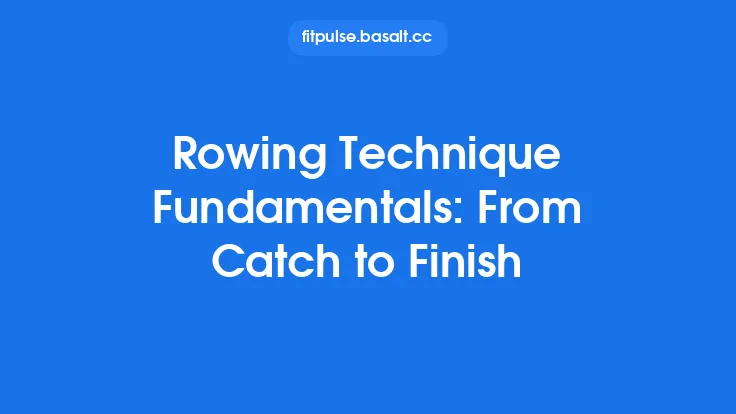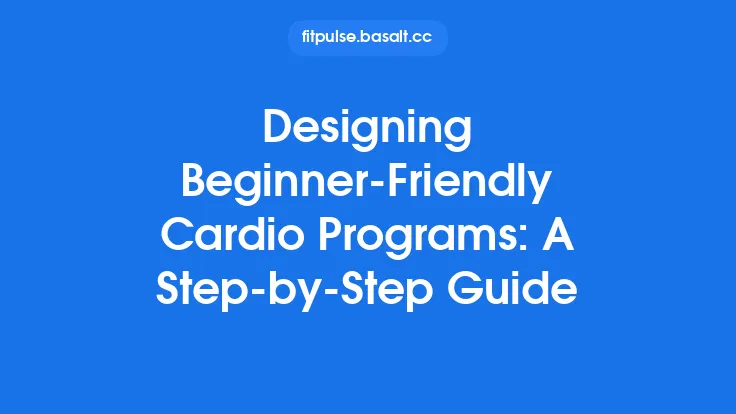Freestyle, often called the front crawl, is the fastest and most efficient swimming stroke used in competitive and recreational settings alike. Mastering its fundamentals is essential for anyone looking to improve speed, reduce fatigue, and enjoy smoother movement through the water. This guide walks you through each component of the stroke in a logical, step‑by‑step fashion, breaking down the mechanics, the underlying physics, and the practical drills that translate theory into performance. By the end of the article you will have a clear roadmap for building a solid freestyle foundation that can be refined indefinitely.
Body Position and Streamline
A stable, horizontal body line is the cornerstone of an effective freestyle. When the swimmer’s torso, hips, and legs are aligned, drag is minimized and propulsion is maximized.
- Head Alignment – Keep the head in a neutral position, looking straight down or slightly forward. The waterline should intersect the top of the eyebrows; this reduces neck strain and prevents the hips from dropping.
- Hip and Leg Position – The hips should sit just below the surface, with the legs extending straight behind. Slightly flexed ankles (plantar flexion) create a “pointed toe” effect that reduces resistance.
- Core Engagement – Engage the abdominal muscles to maintain a rigid torso. A strong core prevents the lower back from sagging, which would otherwise increase drag.
- Streamline Technique – After each push‑off from the wall or a turn, adopt a tight streamline: arms extended overhead, hands stacked one on top of the other, biceps close to the ears, and the body forming a straight line from fingertips to toes. This position can reduce drag by up to 30 % compared with a relaxed posture.
Breathing Technique
Breathing efficiently while maintaining body position is a delicate balance. The goal is to obtain oxygen with the least disruption to forward momentum.
- Timing the Breath – In a typical 2‑stroke breathing pattern, the swimmer inhales during the recovery phase of one arm while the opposite arm is pulling. The breath should be taken as the head rotates just enough to clear the mouth above the water surface.
- Head Rotation – Rotate the head on the same side as the recovering arm, using the shoulder as a pivot. The rotation should be minimal—just enough to expose the mouth and a small portion of the cheek. Over‑rotation lifts the hips and creates drag.
- Mouth Position – Exhale continuously through the nose or mouth while the face is submerged. This creates a steady stream of bubbles and ensures that the inhalation is quick and complete.
- Bilateral Breathing – Practicing breathing on both sides (alternating every 3 strokes) promotes symmetry, balances muscular development, and improves overall stroke efficiency.
Arm Pull and Catch
The arm movement can be divided into three phases: entry, catch, and pull‑through. Each phase contributes to propulsion and must be executed with precision.
- Entry – The hand enters the water fingertips first, directly in line with the shoulder, and slightly ahead of the head. The angle of entry should be shallow (≈10–15°) to avoid slapping the surface.
- Catch – As the hand moves forward, the forearm rotates so that the palm faces backward, creating a “high elbow” position. This sets up the “catch” where the hand and forearm act as a paddle, pulling water toward the body.
- Pull‑Through – The pull follows an S‑shaped path: the hand moves outward (away from the body) then inward (toward the thigh). The key is to keep the elbow higher than the hand throughout, maximizing the surface area of the forearm and generating forward thrust.
- Exit – The hand exits the water near the thigh, with the palm facing upward. A clean exit reduces drag and prepares the arm for the recovery phase.
Leg Kick Mechanics
Although the arms provide the majority of propulsion, a well‑timed kick stabilizes the body and contributes to forward motion.
- Kick Frequency – Competitive swimmers typically use a 6–8 kicks per stroke cycle. Recreational swimmers may adopt a slower cadence, but consistency is essential.
- Kick Amplitude – The kick should be compact, originating from the hips rather than the knees. Excessive knee bend creates drag and wastes energy.
- Ankle Flexibility – A relaxed, plantar‑flexed ankle (toes pointed) increases the effective surface area of the foot, acting like a small propeller.
- Timing with the Pull – The down‑beat of the kick aligns with the power phase of the arm pull, while the up‑beat coincides with the recovery. This synchronization helps maintain a steady body line.
Coordination and Rhythm
Freestyle is a cyclical motion where each component must flow into the next. Developing a smooth rhythm reduces wasted motion and improves endurance.
- Stroke Cycle Count – Count the number of strokes taken to travel a set distance (e.g., 25 m). A lower count indicates longer, more efficient strokes.
- Tempo Drills – Use a metronome or a swim tempo trainer to enforce a consistent beat. For example, a 1‑2‑3‑4 count where 1–2 represent the left arm’s pull and recovery, and 3–4 the right arm’s.
- Feel the Water – During drills, focus on the sensation of water pressure on the forearm and hand. This proprioceptive feedback helps fine‑tune timing.
- Progressive Overload – Start with a relaxed, low‑intensity rhythm to ingrain technique, then gradually increase speed while preserving form.
Common Technical Errors and Corrections
Even experienced swimmers develop habits that degrade efficiency. Recognizing and fixing these errors is crucial for long‑term improvement.
| Error | Description | Correction |
|---|---|---|
| Cross‑Over Recovery | Arm recovers too far across the body, causing a wide “S” and increased drag. | Keep the elbow high and close to the surface; imagine the hand moving in a narrow arc over the water. |
| Early Breathing | Lifting the head too early, causing hips to drop and increasing resistance. | Practice breathing only when the opposite arm is in the pull phase; use a mirror or video to verify head position. |
| Knee‑Bend Kick | Excessive knee flexion creates a “flutter” that wastes energy. | Focus on hip‑driven motion; perform “kick‑with‑a‑board” drills to isolate hip movement. |
| Low Elbow Catch | Elbow drops during the catch, reducing the effective paddle area. | Perform “high‑elbow” drills: pull with a straight arm while keeping the elbow above the hand. |
| Inconsistent Tempo | Variable stroke rate leads to uneven propulsion. | Use a tempo trainer or count strokes per lap to maintain a steady rhythm. |
Drills for Skill Development
Drills isolate specific components of the freestyle stroke, allowing swimmers to concentrate on one element at a time.
- Catch‑Up Drill – One arm remains extended while the other completes a full stroke before “catching up.” This emphasizes a full extension and proper hand entry.
- fingertip Drag – Lightly drag the fingertips along the surface during the recovery. The drag forces the swimmer to keep the elbow high and the hand close to the water.
- 3‑3‑3 Drill – Perform three strokes breathing right, three strokes breathing left, then three strokes breathing every two strokes. This promotes bilateral breathing and rhythm awareness.
- One‑Arm Freestyle – Swim with one arm while the other remains at the side, using a kickboard for support if needed. This isolates the pull and catch phases.
- Vertical Kicking – In deep water, maintain a vertical position and kick without using the arms. This builds ankle flexibility and hip‑driven kick strength.
Progression and Practice Tips
Building a flawless freestyle technique is a gradual process. Below are practical steps to embed the fundamentals into every training session.
- Warm‑Up with Technique Focus – Begin each swim with 300–500 m of easy freestyle, incorporating the drills listed above. This primes the neuromuscular system for proper movement patterns.
- Video Analysis – Record a short segment from a side view. Review frame‑by‑frame to assess head position, elbow height, and kick amplitude. Small visual cues often reveal hidden flaws.
- Feedback Loop – Pair up with a coach or a knowledgeable teammate. Immediate verbal feedback accelerates correction.
- Incremental Load – After mastering a drill at a slow pace, increase speed while preserving form. Do not sacrifice technique for velocity.
- Recovery Emphasis – Include easy freestyle sets (e.g., 8 × 100 m at 60 % effort) to reinforce the feel of efficient movement without fatigue‑induced breakdowns.
- Consistency Over Volume – Short, focused technique sessions (2–3 × 10 min per week) are more beneficial than occasional long, high‑intensity swims where form deteriorates.
Summary of Key Takeaways
- Body Position: Neutral head, aligned hips, tight core, and a perfect streamline reduce drag dramatically.
- Breathing: Minimal head rotation, continuous exhalation, and bilateral practice keep the stroke balanced.
- Arm Mechanics: High‑elbow catch, S‑shaped pull, and clean exit maximize propulsion.
- Kick: Hip‑driven, compact, and synchronized with the arm pull adds stability and modest thrust.
- Rhythm: A steady tempo ties all components together; use counting or metronomes to internalize it.
- Error Correction: Identify common faults early and apply targeted drills to fix them.
- Drills & Progression: Isolate each element, practice at low speed, then gradually increase intensity while maintaining form.
By systematically addressing each of these pillars, swimmers of any level can develop a freestyle technique that is both powerful and sustainable. The result is smoother glides, faster times, and a more enjoyable experience in the water—principles that remain relevant regardless of training cycles, competition schedules, or evolving swim technology.





